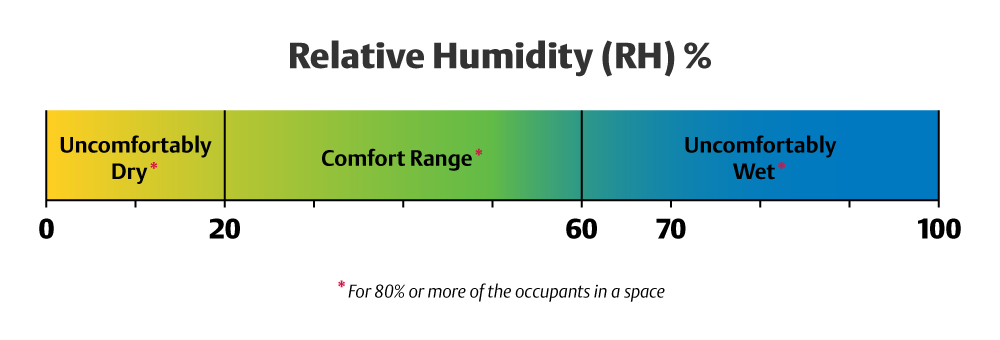
Midwest homeowners experience some extremely harsh winters which comes with freezing weather. When temperatures outside drop below zero, humidity in your home can work it’s way into your attic where it freezes. Once temperatures begin to warm up, the frost in the attic melts and can simulate the look of a roof leak as it drips into the rooms below. Roofing companies receive dozens of calls around this time with homeowners concerned their roof is leaking. The culprit is most likely your attic… not your roof.
What can I do to prevent attic condensation in winter?
Proper insulation: Attic insulation is vital to preventing condensation. Make sure your insulation has not been damaged from condensation and you have an adequate amount. Depending on the type, you should have about 10-14 inches of insulation.
Ventilation: Older homes tend to have exhausts that vent directly into the attic instead of outside. Vents should be updated and rerouted to allow the hot air to exit the home directly instead of through the attic. Clothes dryers emit large amounts of water vapor in a short period of time – this can be a huge contributor to attic condensation if it is not ventilating properly.
Seal Air Leaks: Gaps allow warm and col air to escape into your attic. Search for air leaks and use caulk or weather-strips to correct this issue. Air leaks are most commonly found surrounding lighting fixtures as well as exhaust fans.
Remove Snow from Your Roof: Ice dams can’t form without snow. If you’re able to prevent ice dams, you’re far more likely to prevent your roof from leaking and damaging the inside of your home. Another reason roof snow removal is so important is that it’s a good idea to keep all that excess weight off your roof. Don’t do this by putting salt products on your roof—unless you want to run the risk of discolored shingles and dead plants or grass. Instead, we suggest using Roofmelt which is designed to melt through the ice to create relief points for drainage. This allows trapped water to flow off the roof and not cause harm to roofing materials.
Reduce Excess Sources of Moisture: Many homeowners use humidifiers in winter to combat the dry air from running their heat. It is important to monitor the amount of moisture (~45%) to avoid creating excess condensation. Other factors can be a large amount of house plants or even storing firewood indoors. Limit your bath or shower time and avoid cooking methods that create large amounts of steam.

What If I See Water Spots In My Home?
Most of the time if the water damage is caused by ice dams it will occur to the outside walls and eaves of the house. If you see water spots on the ceilings or lower levels of your home, especially near canned light fixtures, this is likely due to condensation in your attic or a possible plumbing issue. It is a good idea to check gutters and downspouts for clogs. Backed up drainage water can get under flashing and cause a ceiling to leak.
Worried You Might Have a Roof Leak?
Schedule an appointment today to have an expert come out to assess your roof and talk you through your options.



